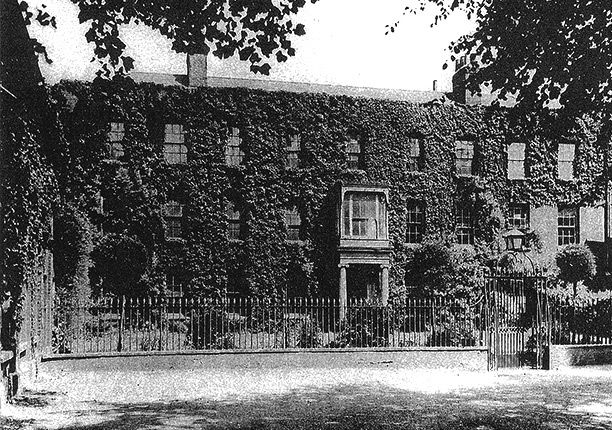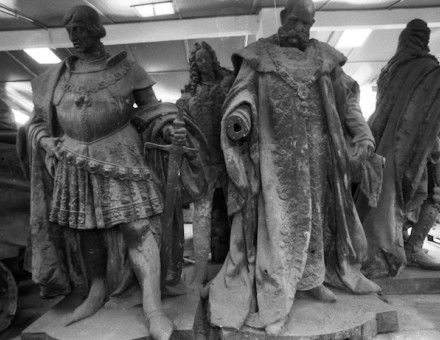Profits of Madness
Sarah Wise admires an assessment of lunacy in 19th-century London.
 If you had the great misfortune to become mentally ill and required institutionalisation in the 19th century you could – depending on the depth of your pocket – find yourself in the workhouse lunatic ward, in a county asylum, a charitable hospital or an expensive private ‘retreat’. But, as Elaine Murphy revealed in the pages of History Today in September 2001, for over a century the pauper insane of London and the south-east of England had a different option: to be sent to one of the private asylums of Bethnal Green and Hoxton, with the bill for their ‘care’ paid by the local parish.
If you had the great misfortune to become mentally ill and required institutionalisation in the 19th century you could – depending on the depth of your pocket – find yourself in the workhouse lunatic ward, in a county asylum, a charitable hospital or an expensive private ‘retreat’. But, as Elaine Murphy revealed in the pages of History Today in September 2001, for over a century the pauper insane of London and the south-east of England had a different option: to be sent to one of the private asylums of Bethnal Green and Hoxton, with the bill for their ‘care’ paid by the local parish.





